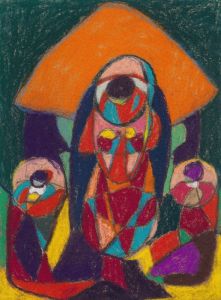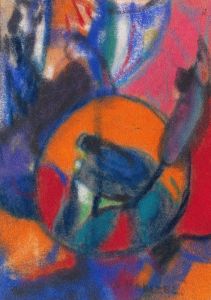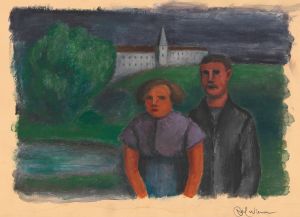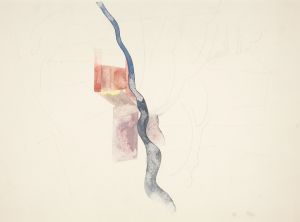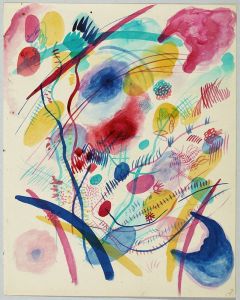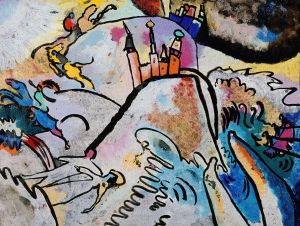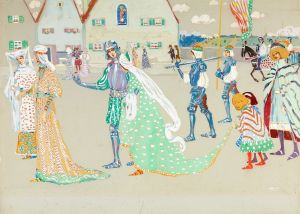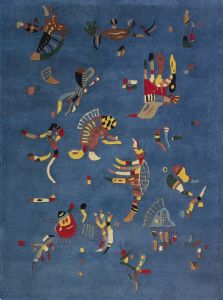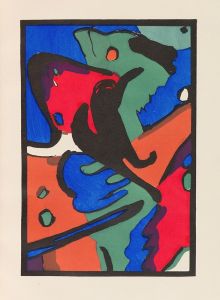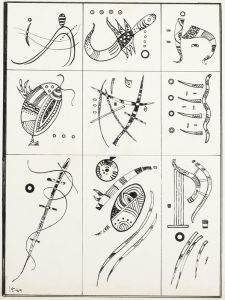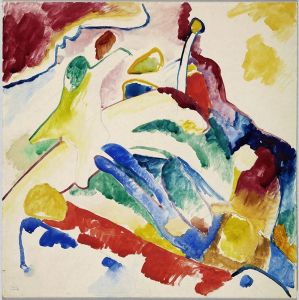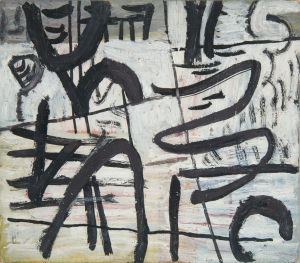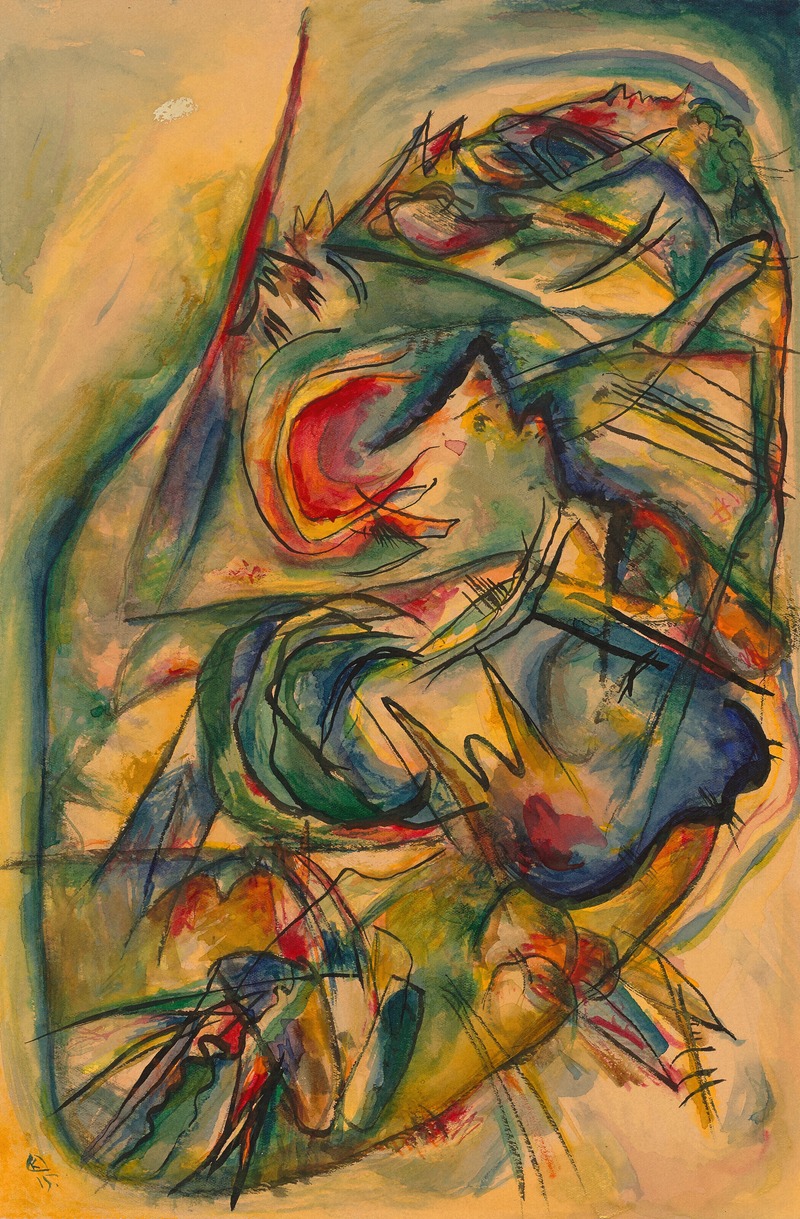
Ohne titel
A hand-painted replica of Wassily Kandinsky’s masterpiece Ohne titel, meticulously crafted by professional artists to capture the true essence of the original. Each piece is created with museum-quality canvas and rare mineral pigments, carefully painted by experienced artists with delicate brushstrokes and rich, layered colors to perfectly recreate the texture of the original artwork. Unlike machine-printed reproductions, this hand-painted version brings the painting to life, infused with the artist’s emotions and skill in every stroke. Whether for personal collection or home decoration, it instantly elevates the artistic atmosphere of any space.
Wassily Kandinsky, a pioneer of abstract art, created numerous works throughout his career that explored the relationship between color, form, and emotion. Among these works is "Ohne Titel," which translates to "Untitled" in English. This title has been used for several of Kandinsky's pieces, as he often refrained from assigning descriptive names to his abstract compositions, allowing viewers to interpret the works freely.
Kandinsky's "Ohne Titel" pieces are typically characterized by their vibrant use of color, dynamic geometric shapes, and fluid lines. These elements reflect his interest in synesthesia, the idea that art could evoke sensory experiences beyond the visual, such as sound or emotion. His abstract works were deeply influenced by his belief in the spiritual power of art, as outlined in his seminal text Concerning the Spiritual in Art (1911). Kandinsky sought to create a universal visual language that transcended cultural and linguistic barriers, and his "Ohne Titel" works exemplify this ambition.
The exact date and medium of a specific "Ohne Titel" work would depend on the individual piece in question, as Kandinsky produced numerous untitled works throughout his career. His artistic style evolved over time, moving from the more figurative and symbolic works of his early years to the purely abstract compositions of his later periods. Key influences on his work included music, particularly the compositions of Richard Wagner and Arnold Schoenberg, as well as the broader movements of Expressionism and the Bauhaus school, where he taught from 1922 to 1933.
As with many of Kandinsky's works, "Ohne Titel" pieces are housed in various collections and museums around the world, including the Solomon R. Guggenheim Museum in New York, the Centre Pompidou in Paris, and the Lenbachhaus in Munich. These institutions preserve and exhibit his works, ensuring that his contributions to modern art remain accessible to the public.
Without specific details about the particular "Ohne Titel" painting in question, it is challenging to provide more precise information. Kandinsky's untitled works remain an essential part of his legacy, showcasing his innovative approach to abstraction and his enduring influence on the art world.





